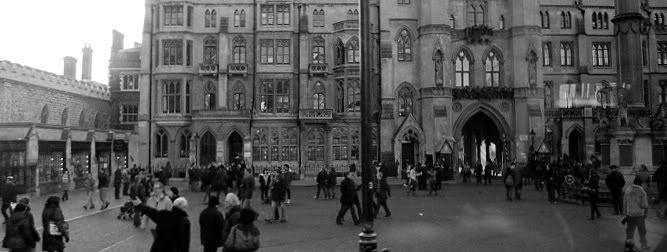Iceland is a contoured landscape of vibrant green and volcanic grey, of mossy color on a dark charcoal. It’s sometimes sand and ice and windswept plains, sometimes fire and carved earth and vast volumes of water, deposited and gouged. It’s dynamic, and unexpected. Somewhere, though, in the imagination, the color is always there.
Yet— yet, photographer Michael Schlegel has managed to capture Iceland in a series of square-cropped black and white. Each is a minimalistic frame of something, stark and ethereal. “When photography is not about colours but about emotions,†says a design blog. The blacks are deep and rich, the whites bright but somehow not blown out, as one might say of other pieces. Contrast is high, but not in an overly forced way; the focus of these photographs is not on minute textures and details, and yet it breathes texture. Even in simple greyscale, the gradients are at once robust and subtle.
Jagged outcroppings of stone arise from nowhere, at their feet pools of sea mist. Â Wide sweeps of sky and water and land alike have, with the help of a long shutter, perhaps, have begun to oddslot flow as if they were the lot of them made of the same fluid substance, only in different densities. A pearly wash of ocean is offset by a knife of dark stone, just enough detail visible to hint at its cragged texture, but without brazenly displaying it. Less is more, so they say.
And it might be, indeed. The suddenness of the Icelandic landscape is already in itself full of the unexpected, the aesthetically pleasing. Who might suppose that there could be such a thing as conventional photography of it? Then someone like Schlegel comes along, saps out the color, removes the unnecessary, and suddenly the world is an entirely different place.








